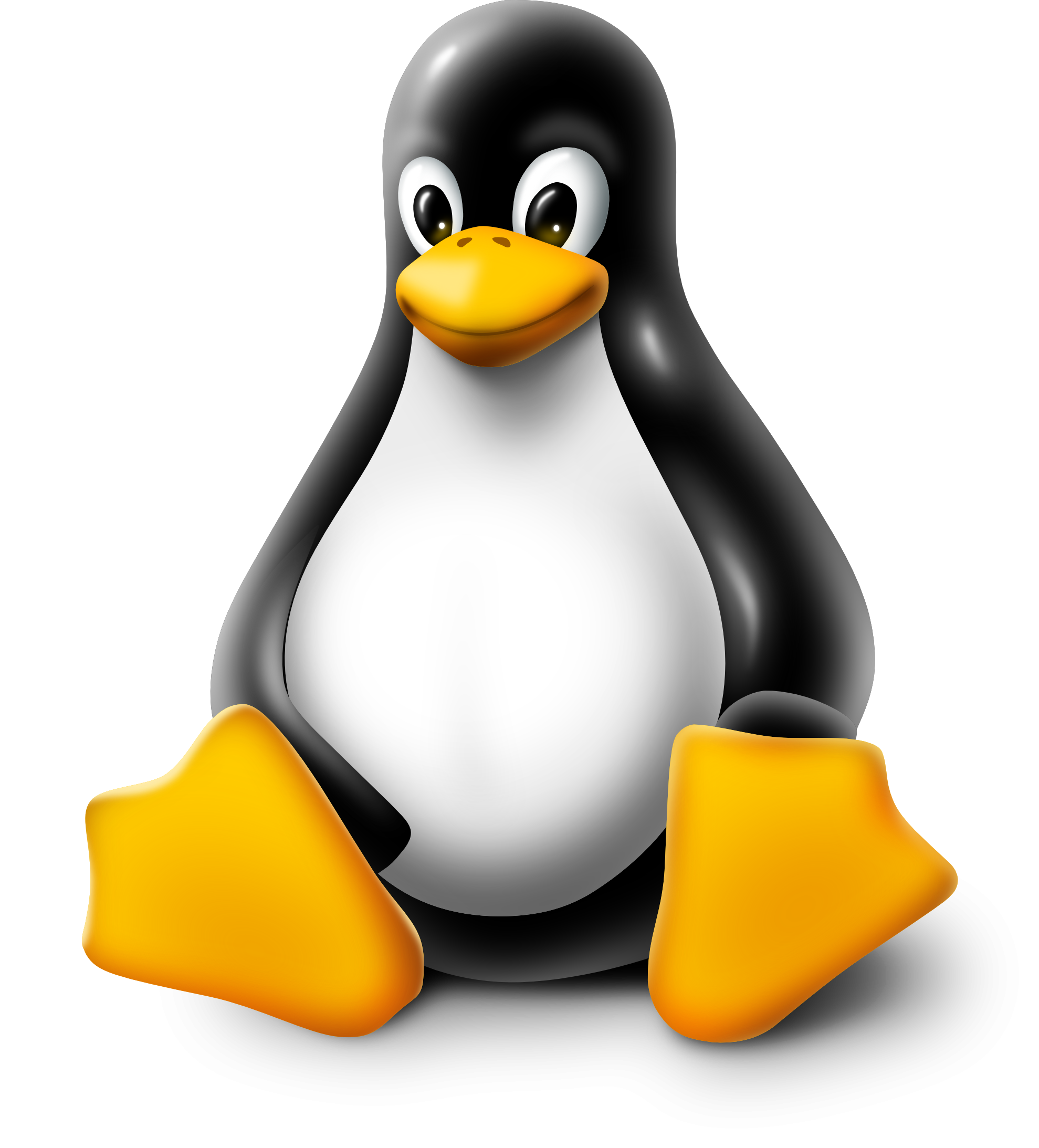So, after EndeavourOS’s GRUB comitted suicide, me being too stupid to understand chroot despite wiki “tutorials” and the community rather trolling & gaslighting me instead of helping I decided to give Nobara a go. Usually I am a Plasma KDE guy, but thought since it’s been a long time I try it out, especially since you can have it in a more classic configuration those days again, even though I’d miss out of Wallpaper Engine.
Unfortunately my experience has been nothing but awful. A bunch of random bullet points of my experience:
- I had real trouble connecting my BT headphones. At first it was “connected”, but not really. Tried a fresh pairing mode, but then it showed two headphones. Then it connected, but as soon as I tried to adjust the audio input / output settings it lost audio again and I had to repeat it yet again. Now it works, and I decided to never touch the audio settings ever again.
- “Files” is constantly crashing. Using the search? Crash. Going backwards? Crash. Try to do “something”? Crash. Do nothing? Probably also crash (hyperbolic).
- “Files” data transfer for copying & deleting files is slow as hell for whatever reason (on decent Samsung SSDs mind you).
- “Files” cannot multitask. If you’re copying, scanning, deleting or whatever, it won’t do anything else until that process is done.
- “Files” and other Gnome applications frequently bug out if you try too many things at once, freezing or crashing them.
- “Files”, or even Gnome as a whole, is so incredibly scrapped for features to achieve its simplistic look, that it lacks actual functionality.
- Gnome’s settings are also missing for everything, or hidden in a gazillion different config menus, some of which I already forgot how to access again.
- Scaling scales not just the UI, but also 3D applications like games, reducing their actual resolution and making them blurry. The UI seemed to be blurry as well.
- Mullvad VPN’s tray icon somehow turned into some three dots with a weird background.
- In the tray menu there’s also a VPN toggle, which shows Mullvad, but being turned off. Turning it on disables my connection and I have to reconnect through Mullvad, which turns the toggle off again. No way to remove the redundant toggle as far as I can tell, but maybe it’s in some hidden settings menu that I have yet to find.
- OpenRGB in this does not work with my NZXT Hue 2 Ambient. Keeps asking for resize zones, which according to a search should not be necessary, and wasn’t necessary with the one I used in EOS either. Selecting any color just turns the LEDs off.
- Launching the Battle.net launcher through Lutris it also opens some ghost “OpenGL Renderer” application with it, taking up space on the task bar.
- Battle.net launcher can’t be maximized without constantly resetting or displaying information beneath the task bar.
- Can’t launch .sh files unless I explicitly right click & Run as program.
- Unfortunately it then launches with an additional empty terminal window, yet again taking up space on the task bar.
- Had to create a new FF profile because using my old one somehow was unusable in regards to its performance.
- The weather location for the little clock thingy apparently can’t find anything, city or country, except some locations that aren’t near me.
- Can’t remove my own review in the Software center for one of the apps that I did prematurely.
- Tray area also has this little tiling menu. I tried tiling, hated it. Couldn’t find a way to remove that icon to save space on the task bar.
- After a lot of apps started to hang I tried restarting, just to be left in a blackscreen and the PC not shutting down. Had to hard reset to restart.
- No EurKey keyboard layout. There’s a ‘German (US)’ one that’s close but it’s missing symbols.
- Maybe probably more things that I can’t recall right now.
And that’s just after a few hours of usage. I was making fun of the tiny issues in KDE before, but if I have to choose between that and this disaster then I’m probably going to switch to the KDE edition, if I cannot find solutions to all this. I really don’t understand how people can deal with it? Or am I somehow the only one?


Why is it telling ME that when I trusted the partitioning to the installer? I really don’t understand how that should be my fault for the partitioner to act faulty. And btw. there’s only two options: 1) to erase the disk if needed and 2) erase the entire disk anyway. I selected the second one because the first one didn’t even work at all, so from my perspective it should have not used any potential GPT partitions that the previous distro could’ve potentially created, but erased the entire thing and start from scratch with everything it would need, including a valid boot partition. If OpenSUSE, for some reason, requires me to wipe my drive clean BEFORE I even start the installer, then they should specify that beforehand - or provide a less antique installer that can actually do it itself.